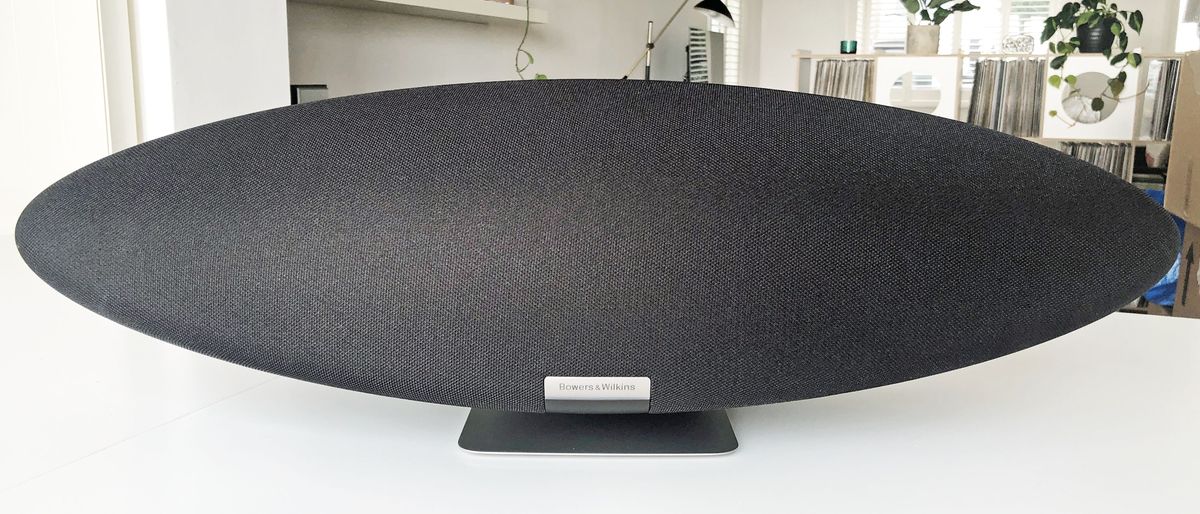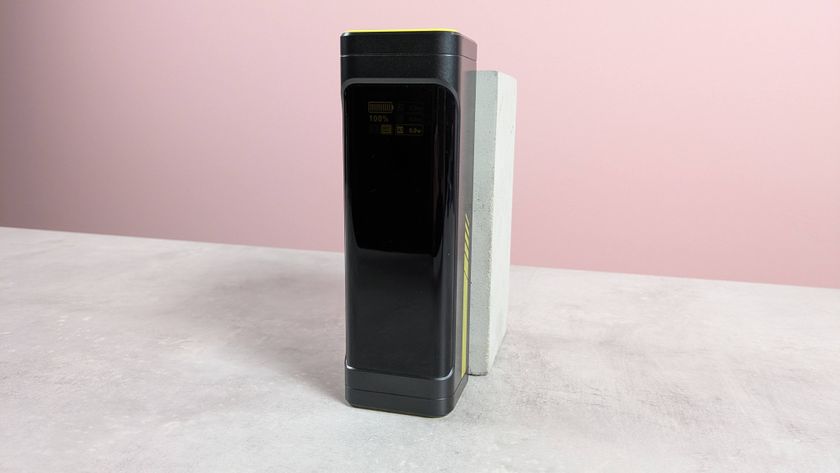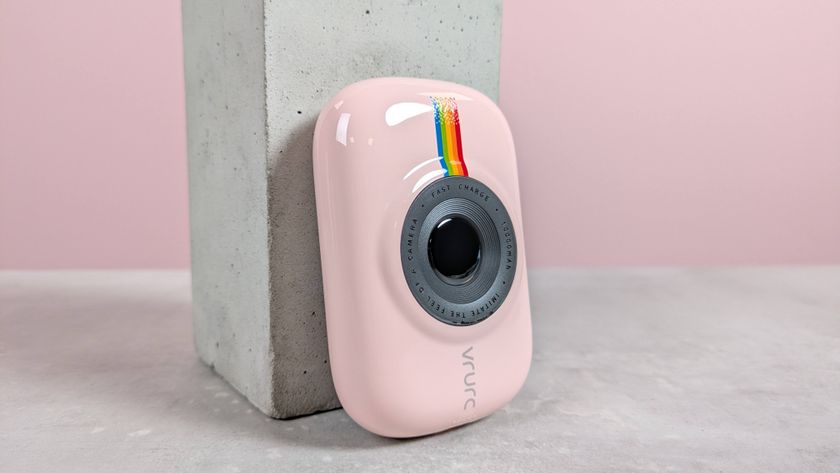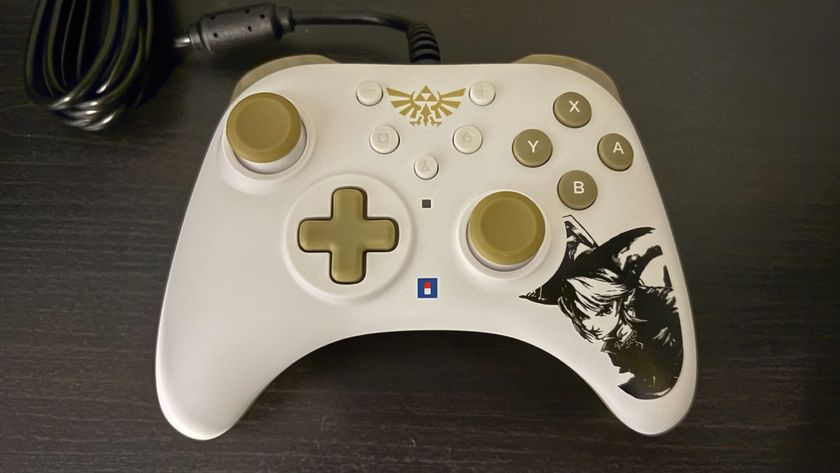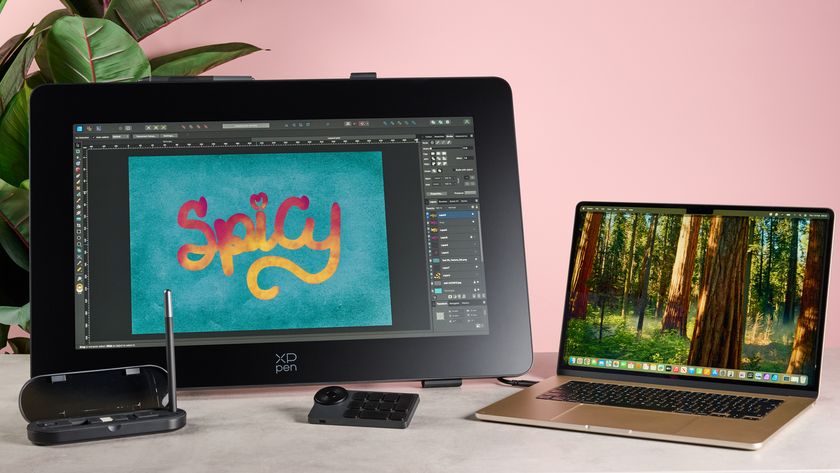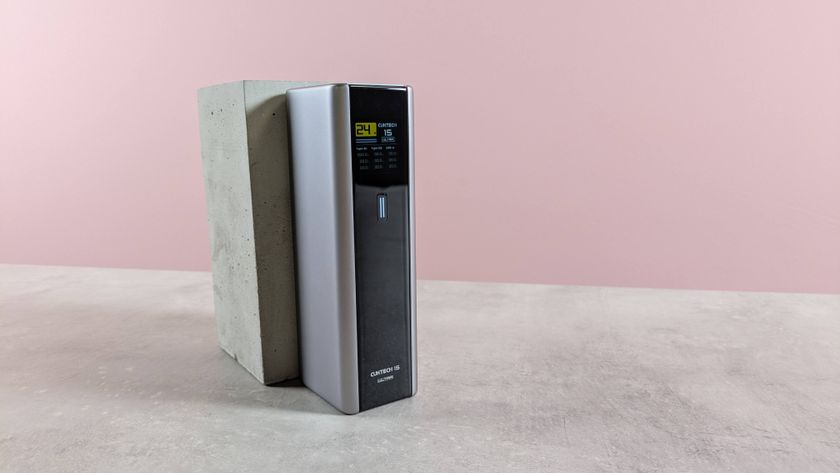TechRadar Verdict
Ignore its claim to ‘true’ stereo sound and the latest Bowers & Wilkins Zeppelin is the best yet, offering a balanced, detailed sound, an array of wireless streaming options, and a decent control app.
Pros
- +
Balanced, detailed, full-range sound
- +
Very acceptable control app
- +
All sorts of wireless streaming options
Cons
- -
Not quite the stereo separation we were led to expect
- -
Would suit an HDMI input nicely
Why you can trust TechRadar
One-minute review
Not before time, Bowers & Wilkins has revived its iconic Zeppelin wireless speaker. Well, in terms of looks, anyway – the internal hardware is all new and, it turns out, more than fit for purpose.
The Zeppelin comes with aptX Bluetooth, Apple AirPlay 2 and Spotify Connect built in – plus you get access to pretty much all the rest of the planet’s stock of music via its clean, tidy and responsive Music control app. There’s support for the Amazon Alexa voice-assistant, too. And the unit is just as good-looking, just as well-made, and just as big as it ever was.
Best of all, it sounds better than ever. While it isn’t a substitute for an actual pair of stereo speakers, the Zeppelin serves up a wide, well-defined and endlessly engaging sound, no matter the genre of music. And although $799 / £699 / AU$1,199 is plenty to pay for a wireless speaker, in this case it seems absolutely justified.
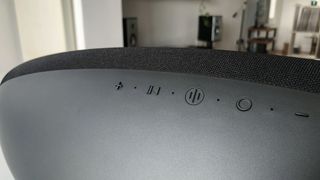
Bowers & Wilkins Zeppelin price and release date
- Out now
- $799 / £699 / AU$1,199
The Bowers & Wilkins Zeppelin is on sale now, and in its home market of the UK it’s priced at £699. In the US it costs $799, and customers in Australia should prepare to part with AU$1,199.
This is a significant sum to spend on a single-enclosure wireless speaker – but it’s by no means unheard of. We have a lot of time for Naim’s good-looking, great-sounding Mu-so Qb 2nd Gen ($899 / £749 / about AU$1,200), and our affection for Sonos’ bland-looking, great-sounding Play:5 ($549 / £499 / AU$799) hasn’t faded with time, either. Suffice to say, the Zeppelin has its work cut out.
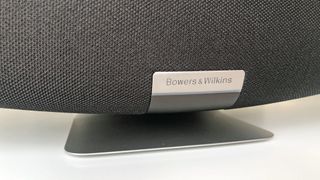
Design
- Looks like a Zeppelin
- Useful control app
- 240W of power
When the original Zeppelin launched 15 years ago as an iPod speaker dock it was, not surprisingly, Zeppelin-shaped. Each new version that followed added functionality (or deleted it, in the case of the iPod dock itself), but retained what rapidly became an iconic silhouette. So what does the Zeppelin 2021 look like? You’ve guessed it...
At 210 x 650 x 194mm (h x w x d) and 6.5kg, it’s a fairly big and imposing device; but thanks to its central metal pedestal, it doesn’t actually need all that wide a space to stand on. There’s a dimmable light that shines from the bottom of the enclosure onto that stand, for no reason that one can really ascertain. It’s available in Midnight Grey (or black), or Pearl Grey (more readily identifiable as grey) finishes. Build quality is as impressive as you’d expect from the brand at the price.
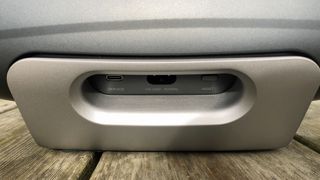
This is the most wireless Zeppelin so far – it’s even more wireless than 2015’s Zeppelin Wireless – so there isn’t much to talk about where the cabinet is concerned. Physical inputs consist of a socket for mains power and a USB-C input for service only, and there are a few controls on the rear of the enclosure, too.
Wireless possibilities are much more numerous, though. AptX Adaptive Bluetooth 5, Apple AirPlay 2 and Spotify Connect are available for painless wireless connectivity, and the Bowers & Wilkins Music app adds further functionality. It’s possible to integrate any or all of your favourite music streaming services into the app, including Amazon Music, Deezer, Qobuz and Tidal, as well as the likes of SoundCloud, Last.fm and TuneIn.
Controlling the Zeppelin via its app is straightforward and reasonably intuitive. There’s a degree of EQ adjustment available here, too (not much, mind – because you couldn’t possibly know better than Bowers & Wilkins where this sort of thing is concerned). Or, it’s equally straightforward to ask Alexa to deal with your requests.
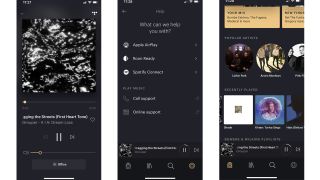
No matter the way you go about controlling the Zeppelin, nor the methodology you use to get digital audio files on board, music is delivered by a five-strong speaker driver array designed to deliver true stereo sound from the single box. There’s a 25mm double-dome tweeter (as seen in Bowers & Wilkins’ award-winning 600-series loudspeakers) at either end of the cabinet, while dead-centre sits a 150mm subwoofer for low-end presence.
Either side of that you’ll find a 90mm mid-range driver, using the same Fixed Suspension Transducer technology deployed by the company’s flagship – and super-expensive – 800-series speakers. This lineup is driven by a total of 240 watts of Class-D power.
First, however, the audio has to be dealt with by the Zeppelin’s DAC. A 24bit / 192kHz hi-res device, it’s currently – and inexplicably – limited to a ‘not quite so hi-res’ 24bit / 96kHz maximum file size; however, that’s likely to change for the better sooner rather than later. At the moment, the only hi-res tier accessible through the Music app is that of Qobuz, but Apple AirPlay 2 and Bluetooth 5.0 are both capable of dealing with hi-res audio from your preferred streaming service while Bowers & Wilkins sorts things out.
Also on the company’s to-do list is getting the Zeppelin some multi-room connectivity. Right now it’s a stand-alone device, but soon it will be possible to create a multi-room system using multiple Zeppelins, as well as Bowers & Wilkins’ Formation range of wireless speakers. However, what you won’t be able to do is configure a couple of Zeppelins as a stereo pair – because this is a stereo speaker, remember?
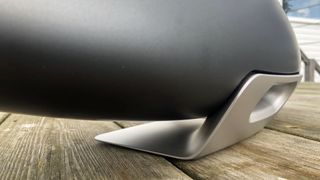
Audio performance
- Punchy, open presentation
- Great powers of detail retrieval
- Even, convincing tonality
First thing's first – and we’re starting here because there’s really very little to criticize about the way this speaker performs – the Zeppelin isn’t as stereo as it believes itself to be.
There’s no denying the separation of its sound, nor the definition of its soundstage, and when wide stereo effects or pans are deployed in a recording, the Bowers & Wilkins gives a fine indication of ‘left’ or ‘right’. But as far as the sort of focus and staging that’s available from a pair of speakers, the Zeppelin doesn’t do much more than allude to it.
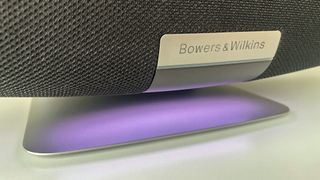
But with that out of the way, the news is basically all good. The Zeppelin is a well-judged listen when it comes to tonal balance. The journey from the (deep, textured and information-heavy) bottom of the frequency range to the (bright, attacking and just as detailed) top-end is smooth and even, with no area understated or overplayed.
It’s particularly adept through the mid-range, especially where vocals are concerned. Streaming a hi-res file of On by Kelly Lee Owens via Qobuz lets the Bowers & Wilkins show off its fearsome powers of communication.
No transient detail is too fine to elude it, and no subtlety of technique is too fleeting to escape attention. Vocalists exist in a comfortable area of autonomy in the Zeppelin's presentation, even as they’re integrated seamlessly into the recording as a whole.
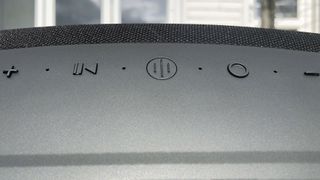
The same recording allows the Zeppelin to show off its dynamic prowess, both in giving the spaces in the song their due, and in putting authentic distance between the quietest and loudest moments. And it’s equally attentive to the smaller dynamic variances in the harmonics of individual instruments. By the prevailing standards of wireless speakers (or, at least, those wireless speakers that don’t cost well into four figures), it’s an insightful and revealing device.
And it manages to adopt this attitude without sacrificing any of its powers of engagement, and without sounding at all detached or dispassionate. Despite having more individual speaker drivers than many wireless speakers, it has real unity and coherence of presentation.
So even though it lacks outright stereo separation, it’s still an open and well-defined listen. The idea that it’s a ‘wide’ listen, given that it’s such a relatively wide device, may seem redundant; but the fact is that this is one of the most open-sounding, single-enclosure wireless speakers around.
Should I buy the Bowers & Wilkins Zeppelin?
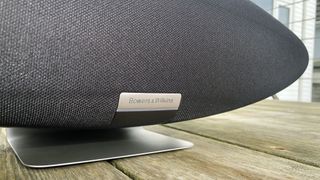
Buy it if...
You’re after one of the biggest and most complete wireless speakers around
Yes, if you spend four times as much you can get a Linn Series 3 – but otherwise, the Zeppelin is up among the leaders.
You know a good control app when you see one
It isn’t perfect, but the Bowers & Wilkins Music app gets a lot closer than most.
You admire an iconic silhouette
Who among us doesn’t admire a bit of visual drama in our wireless speaker?
Don't buy it if...
You like to have meaningful input into the sound
You can ride ‘bass’ and ‘treble’ EQs a little here, but the Zeppelin’s sound is pretty much decided for you
You’re expecting authentic stereo separation
Wide and well-defined? Yes. But stereo in the manner of two individual speakers? Not really.
You hanker after some physical connectivity
The Zeppelin is crying out for an eARC socket. It even looks a bit like a soundbar, if you squint.
- Read our guide to the best AirPlay speakers you can buy today
Simon Lucas is a senior editorial professional with deep experience of print/digital publishing and the consumer electronics landscape. Based in Brighton, Simon worked at TechRadar's sister site What HiFi? for a number of years, as both a features editor and a digital editor, before embarking on a career in freelance consultancy, content creation, and journalism for some of the biggest brands and publications in the world.
With enormous expertise in all things home entertainment, Simon reviews everything from turntables to soundbars for TechRadar, and also likes to dip his toes into longform features and buying guides. His bylines include GQ, The Guardian, Hi-Fi+, Metro, The Observer, Pocket Lint, Shortlist, Stuff T3, Tom's Guide, Trusted Reviews, and more.
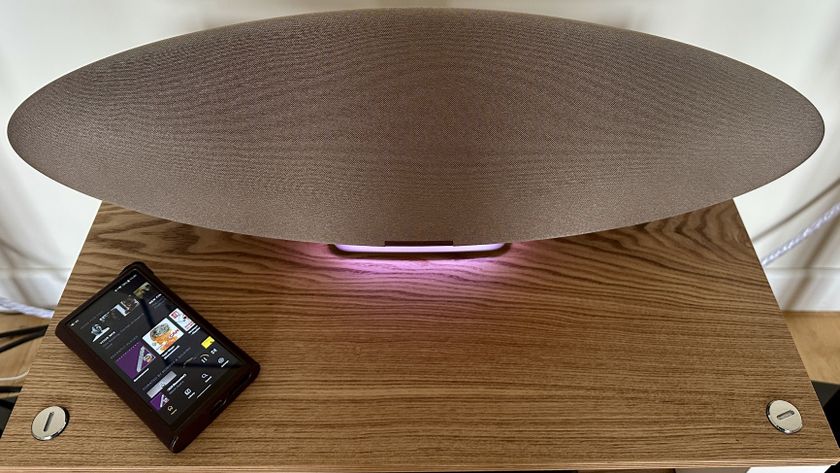
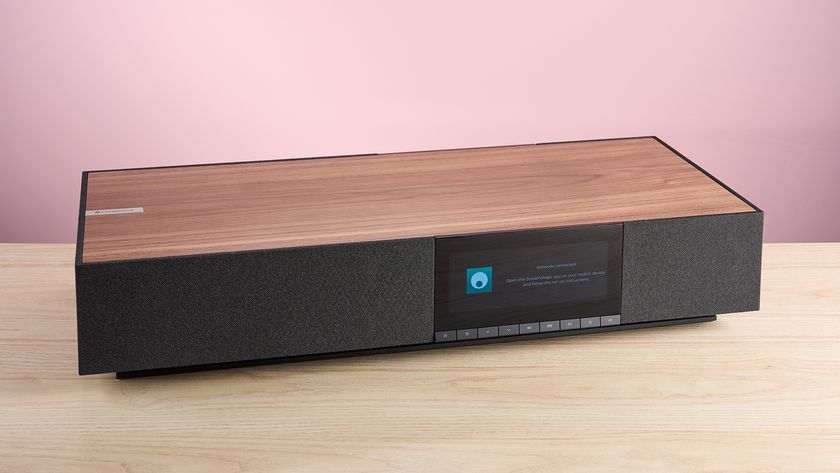
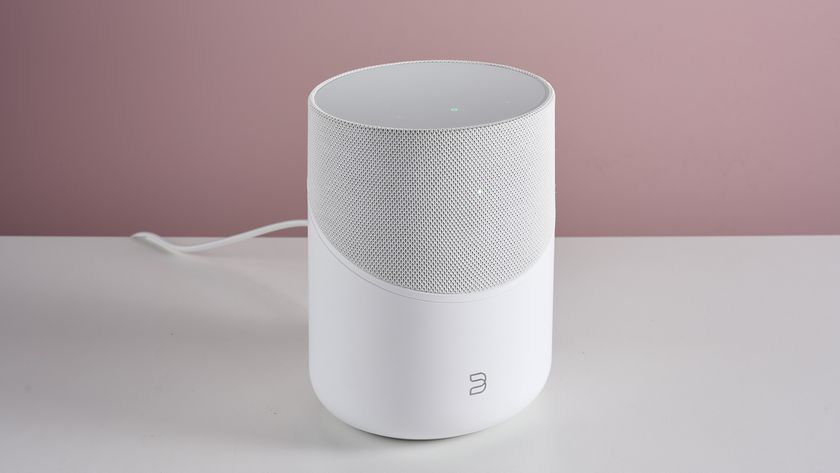
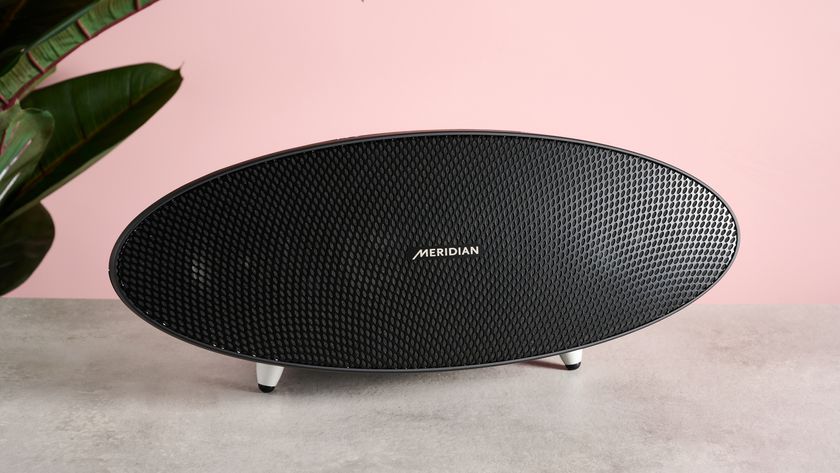

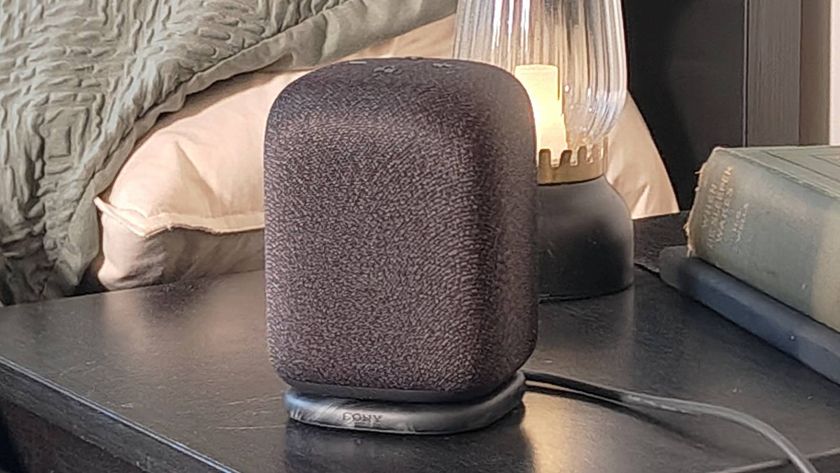
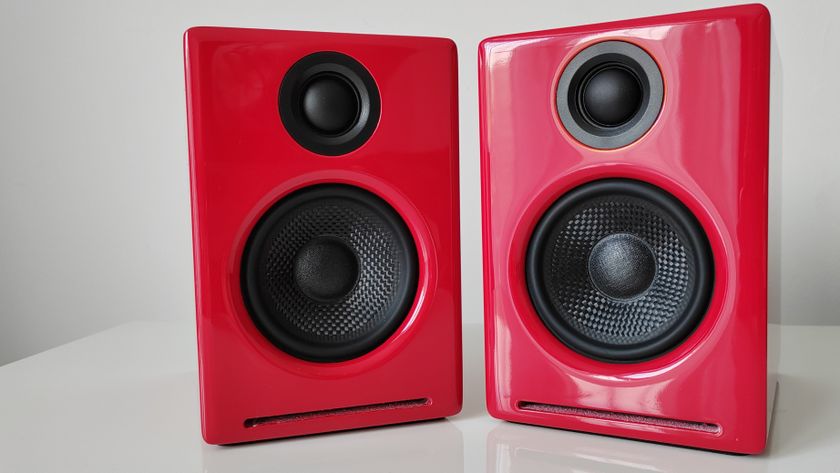
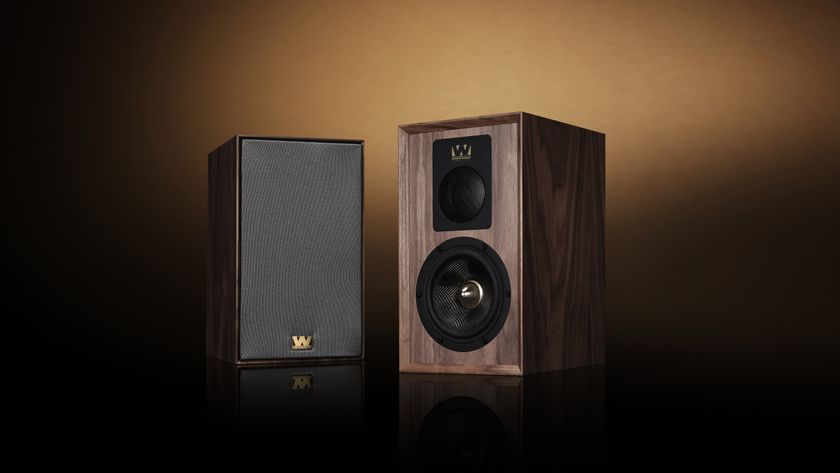
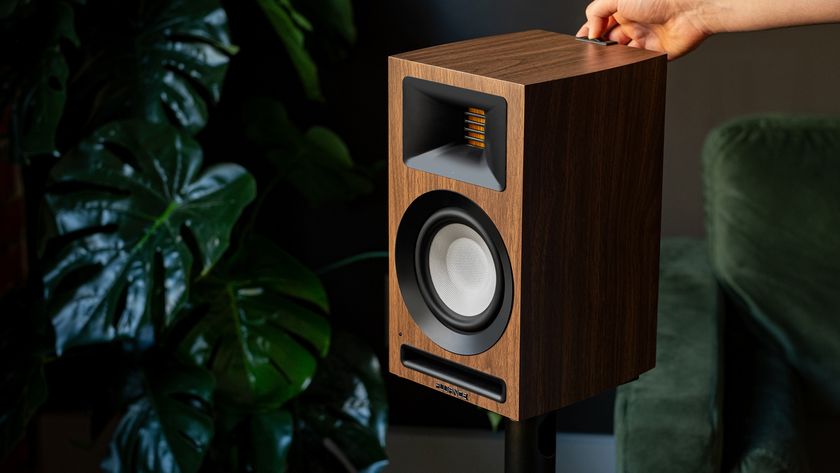

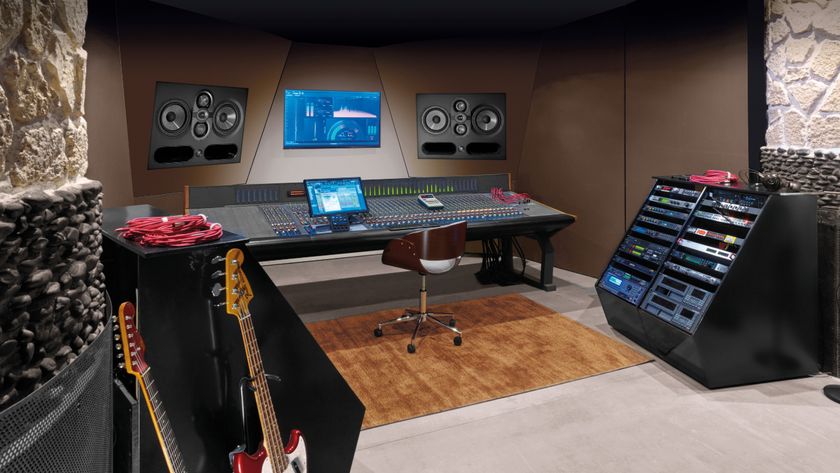
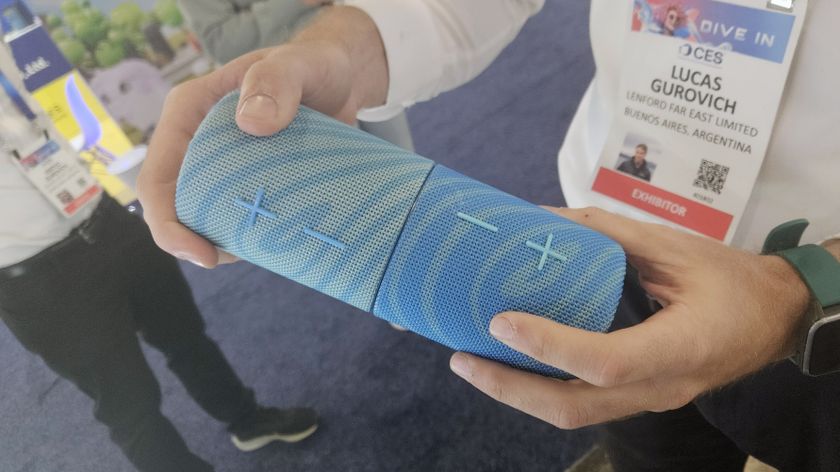

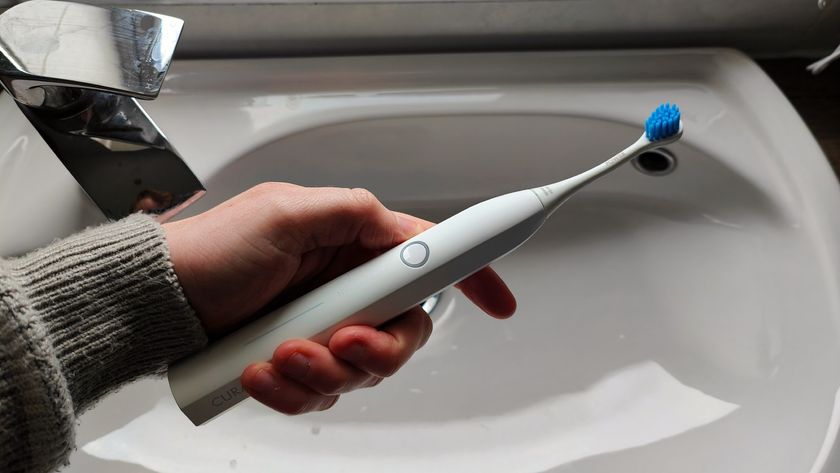


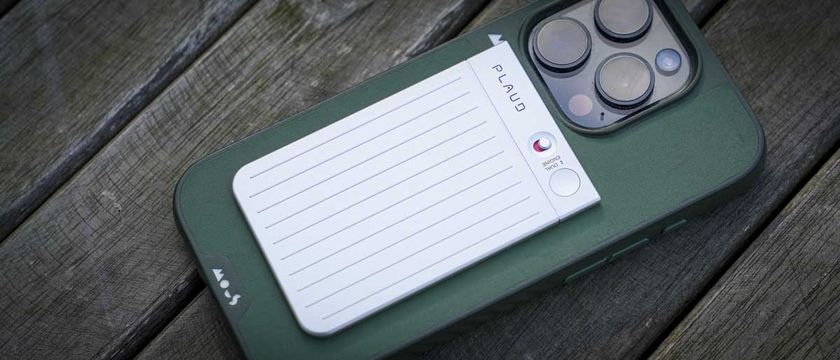
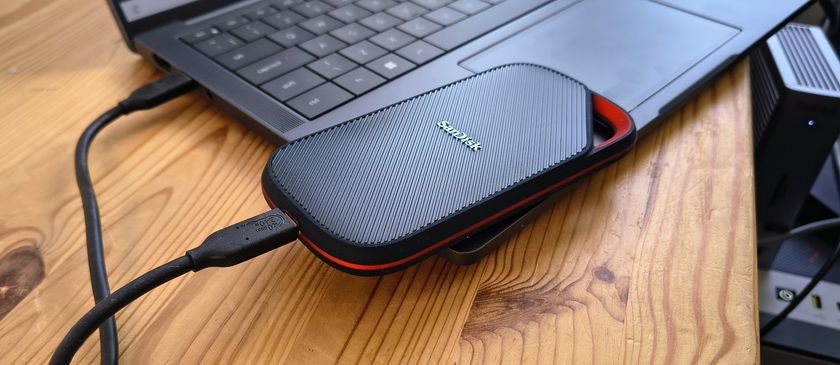
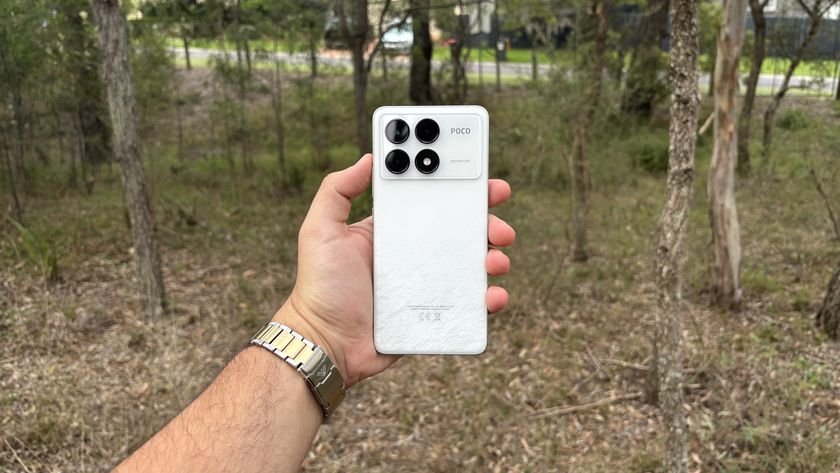
For a mid-range handset, the Poco F6 Pro is premium in more ways than one, but I found it hard to ignore some of its key pitfalls
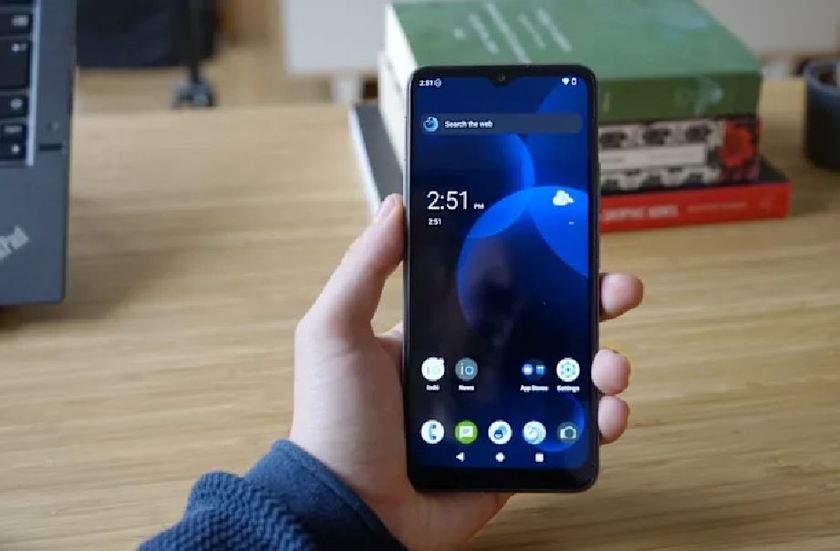
This obscure brand wants to launch the most privacy-friendly smartphone ever without Google, but with a mysterious open-source OS at its core
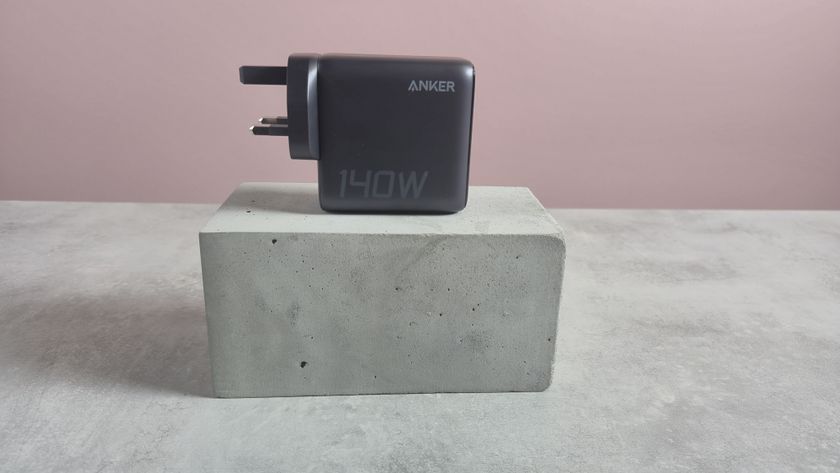
This powerful phone charger has been making faces at me, but I kinda love it
